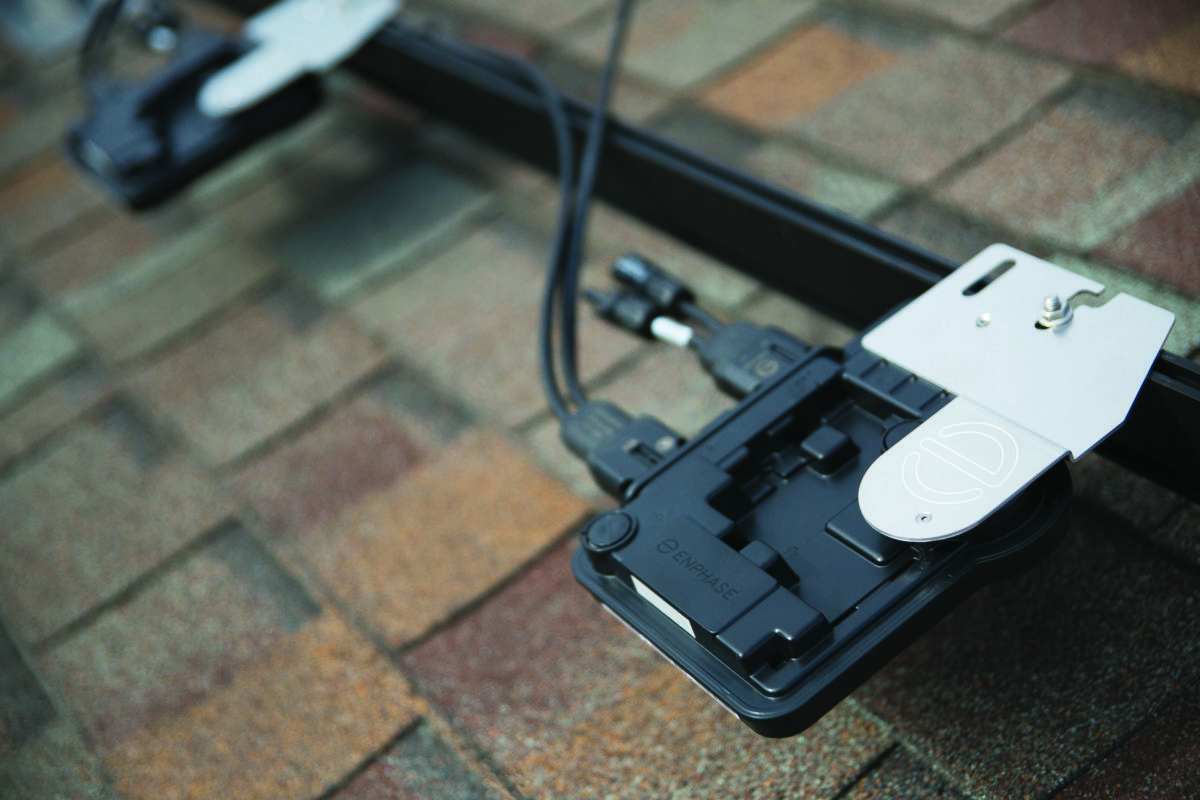The Victorian government is making smart inverters mandatory for solar PV installations under its landmark $1.3 billion Solar Homes program starting from July 1.
Minister for Solar Homes Lily D’Ambrosio said in a statement that utilising smart inverters will ensure the Victorian energy grid is able to safely absorb the additional energy supply generated by over one-million households taking up solar systems over the next 10 years.
Smart inverters can communicate with the grid, shift load patterns and enable wind and solar to provide grid reliability services related to frequency, voltage, and ramping as well or better than other generation sources. They are proving to be particularly valuable for the grids with high penetration of distributed generation assets, which can present significant challenges to grid operators and utilities.
Since these inverters respond dynamically to fluctuations in the electricity network, they help to stabilise the grid and provide a safer product for both households and installers, says D’Ambrosio. On top of that, smart inverters would make it possible for the Australian Energy Market Operator (AEMO) to do more predictable modeling of how the grid is functioning, manage energy demand and build greater reliability across the network during times of peak demand, such as extended cold or hot periods.
Notice to Market
In a ‘Notice to Market’ issued by Solar Victoria, the agency specifies the newly required inverter capabilities would prevent islanding during blackouts, and help distribution networks to accommodate higher levels of solar PV penetration in the future.
“The Notice to Market is being communicated to provide advance notice to installers of upcoming changes. Installers should speak to their suppliers if they still hold excess stocks of non-compliant inverters after 1 July,” Solar Victoria says.
According to Minister D’Ambrosio, these features exceed the minimum standards currently seen in the industry and is part of the Solar Homes ‘technology roadmap’, which will progressively improve the quality of solar technology installed in Victoria.
There has been a large leap up in installations since October when the state government’s rebate became available with some solar retailers sold out until mid way through this year due to staff constraints. This year, Victoria is expected to lead the charge in rooftop solar deployment across Australia thanks to the Solar Homes program, which aims to put solar panels on 700,000 Victorian residential properties, including 50,000 rental homes, and support a further 60,000 homes to install solar hot water and 10,000 homes to install solar batteries.
“Victorians have been enthusiastic about adopting renewable energy technology, to take charge of their power bills and help protect the environment,” D’Ambrosio said. “Ensuring all new systems are equipped with smart inverters will mean we have a more responsive grid that can handle the rapid uptake of renewable energy.”
The announcement builds on the last month’s introduction of safety and industry accreditation requirements for installers and solar retailers. The Victorian government has given smaller solar installers until November to sign up to the Clean Energy Council’s (CEC) Solar Retailer Code of Conduct if they want to qualify for the Solar Homes program. For larger retailers, the deadline to become Approved Solar Retailers is July.
Following the decision, the CEC said that 250 retailers and installers were already qualified under the program, noting that the requirement “would be annoying” for “some good operators”, who were already delivering quality installations and service and would have to go through the process. The Smart Energy Council voiced its disappointment with the new requirement, noting that it would disadvantage a significant number of solar companies and solar workers in Victoria.
But, the Victorian government maintains that all changes are about ensuring solar panels continue to be rolled out effectively, safely and provide long-term security for the entire Victorian energy network.
This content is protected by copyright and may not be reused. If you want to cooperate with us and would like to reuse some of our content, please contact: editors@pv-magazine.com.









1 comment
By submitting this form you agree to pv magazine using your data for the purposes of publishing your comment.
Your personal data will only be disclosed or otherwise transmitted to third parties for the purposes of spam filtering or if this is necessary for technical maintenance of the website. Any other transfer to third parties will not take place unless this is justified on the basis of applicable data protection regulations or if pv magazine is legally obliged to do so.
You may revoke this consent at any time with effect for the future, in which case your personal data will be deleted immediately. Otherwise, your data will be deleted if pv magazine has processed your request or the purpose of data storage is fulfilled.
Further information on data privacy can be found in our Data Protection Policy.